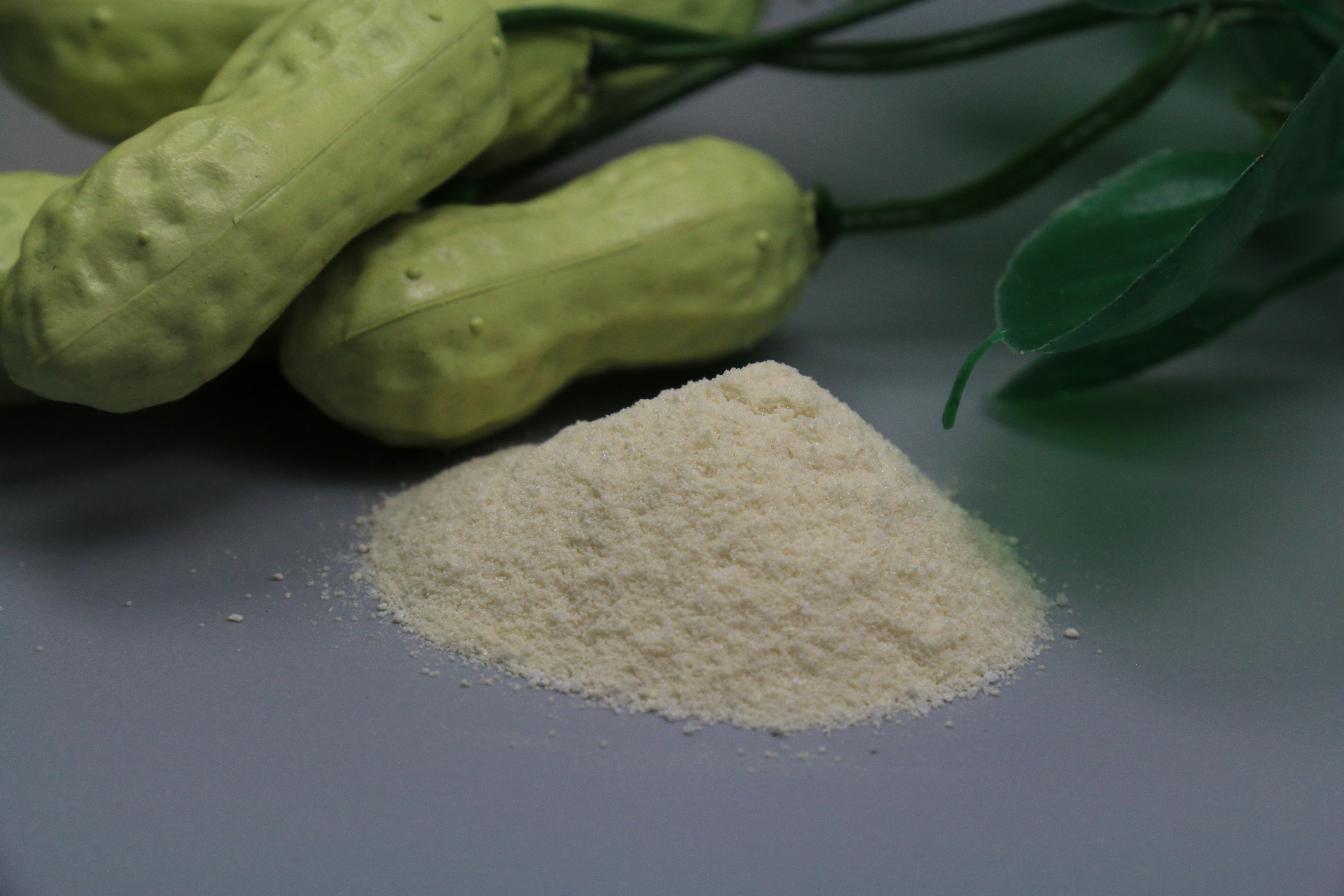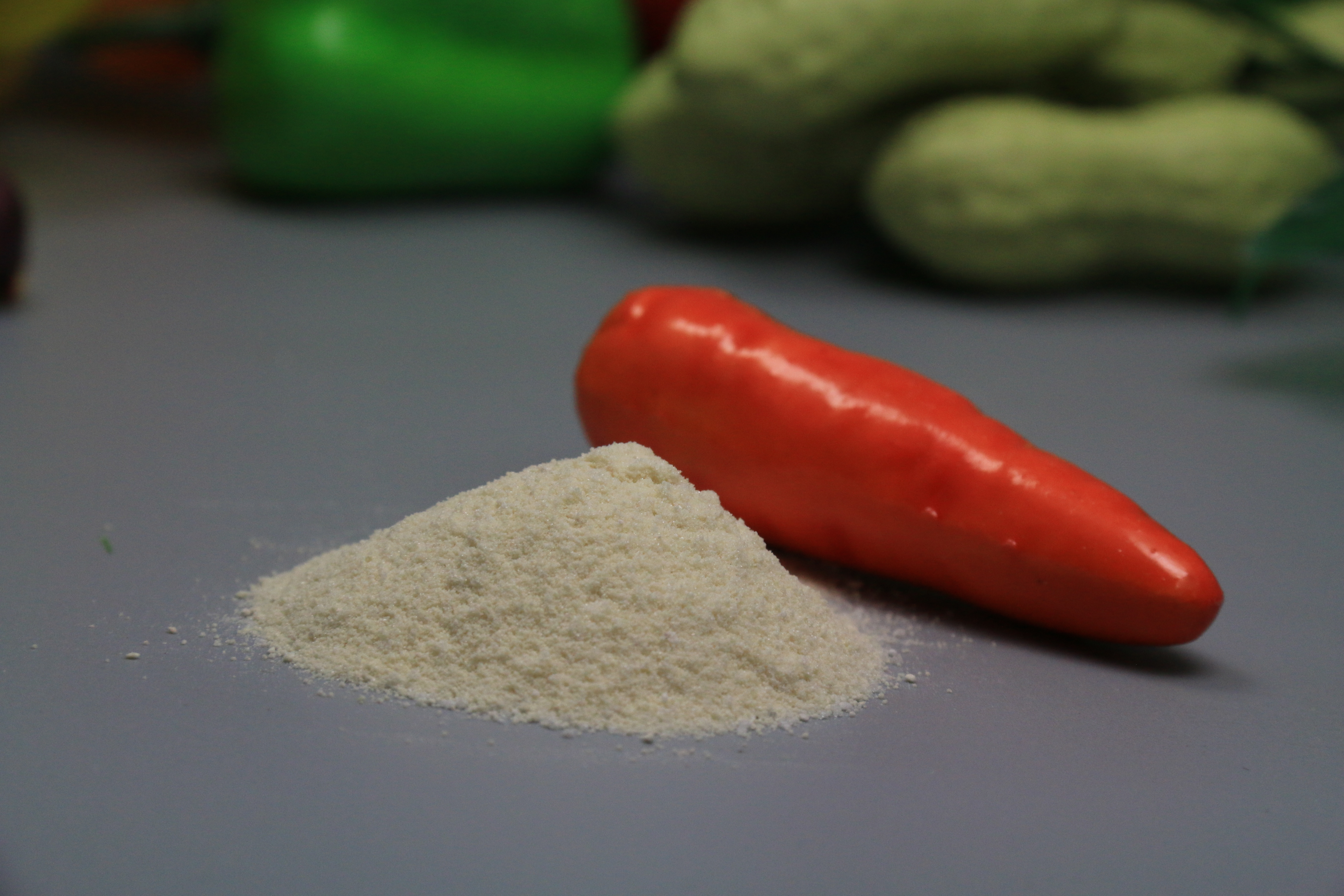Indoleacetic acid is an organic substance. Pure products are colorless leaf crystals or crystalline powders. It turns rosy when exposed to light. Melting point 165-166℃ (168-170℃). Soluble in anhydrous ethanol, ethyl acetate, dichloroethane, soluble in ether and acetone. Insoluble in benzene, toluene, gasoline and chloroform. Insoluble in water, its aqueous solution can be decomposed by ultraviolet light, but is stable to visible light. The sodium salt and potassium salt are more stable than the acid itself and are easily soluble in water. Easily decarboxylated to 3-methylindole (skatine). It has a duality to plant growth, and different parts of the plant have different sensitivity to it, generally the root is larger than the bud is larger than the stem. Different plants have different sensitivity to it.
Plant auxin. The most common natural growth hormone in plants is indoleacetic acid. Indoleacetic acid can promote the formation of the top bud end of plant shoots, shoots, seedlings, etc. Its precursor is tryptophan. Indoleacetic acid is a plant growth hormone. Somatin has many physiological effects, which are related to its concentration. Low concentration can promote growth, high concentration will inhibit growth and even make the plant die, this inhibition is related to whether it can induce the formation of ethylene. The physiological effects of auxin are manifested on two levels. At the cellular level, auxin can stimulate cambium cell division; Stimulating branch cell elongation and inhibiting root cell growth; Promote xylem and phloem cell differentiation, promote hair cutting roots and regulate callus morphogenesis. At the organ and whole plant level, auxin acts from seedling to fruit maturity. Auxin controlled seedling mesocotyl elongation with reversible red light inhibition; When the indoleacetic acid is transferred to the lower side of the branch, the branch will produce geotropism. Phototropism occurs when indoleacetic acid is transferred to the backlit side of the branches. Indoleacetic acid caused apex dominance. Delay leaf senescence; Auxin applied to leaves inhibited abscission, while auxin applied to the proximal end of the abscission promoted abscission. Auxin promotes flowering, induces parthenocarpy development, and delays fruit ripening.
Post time: Mar-28-2024







